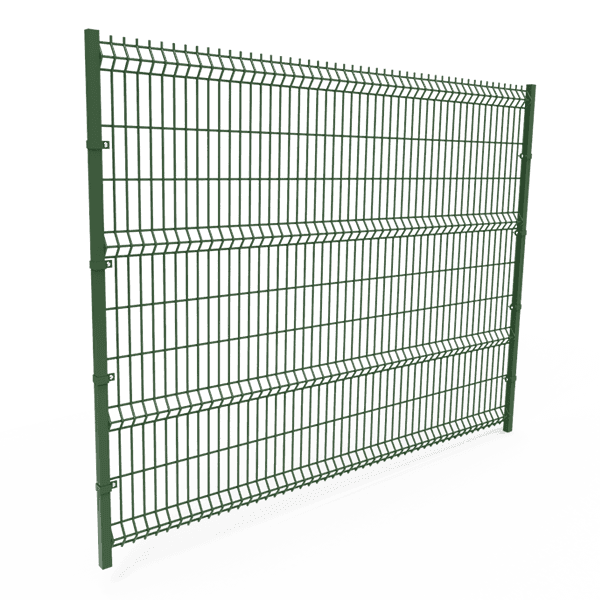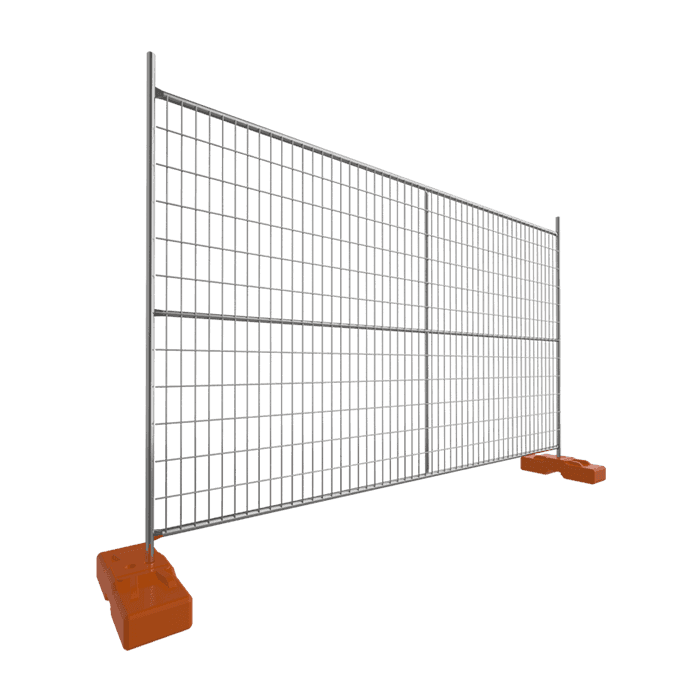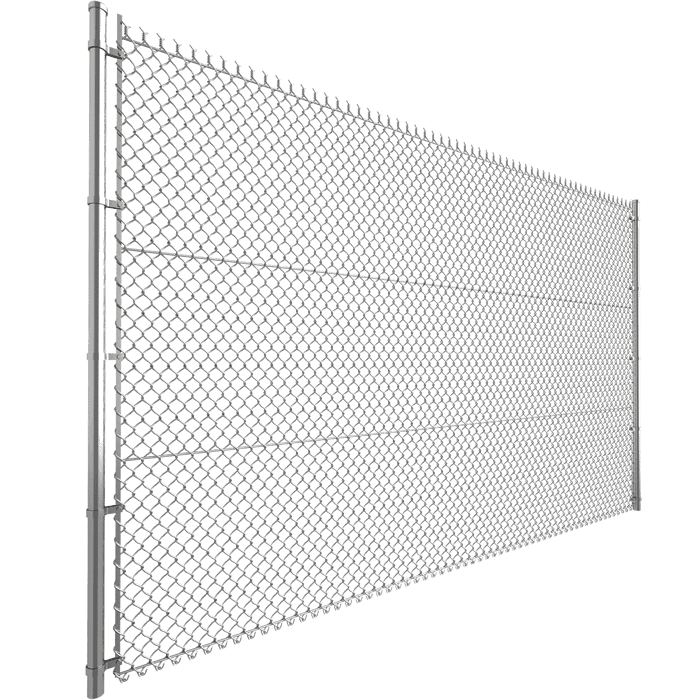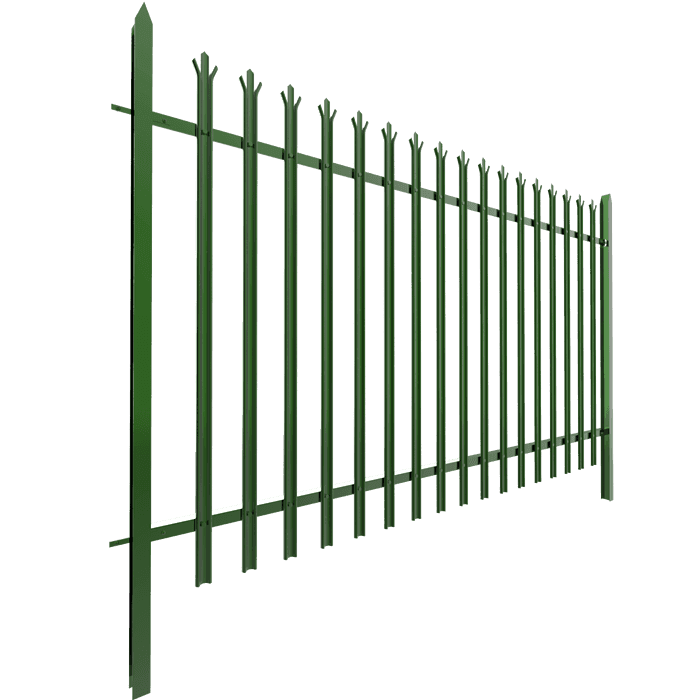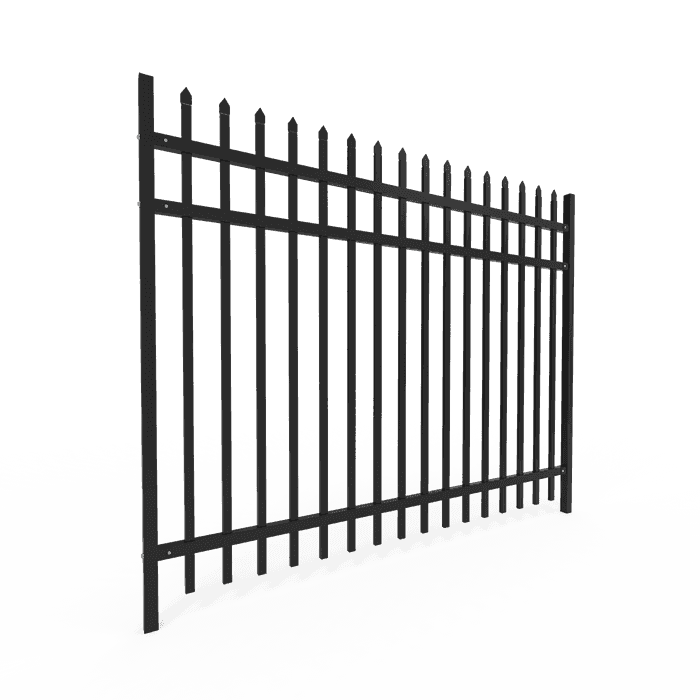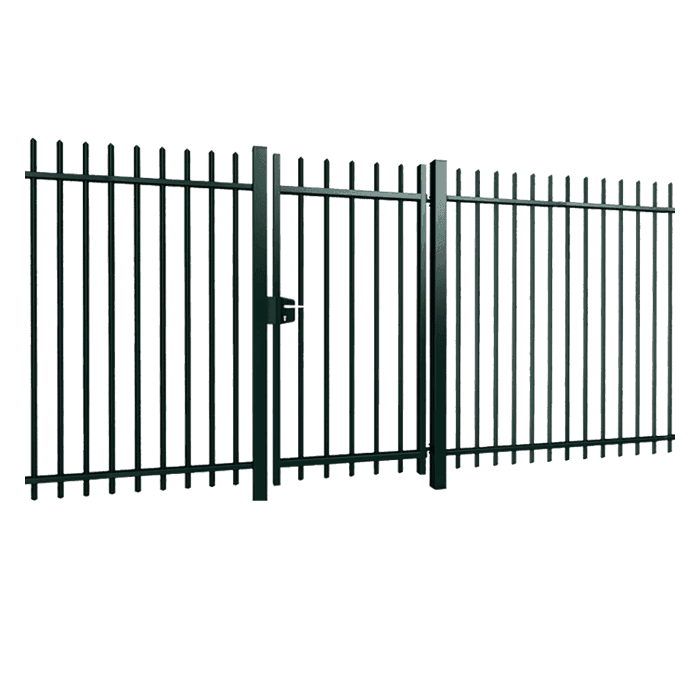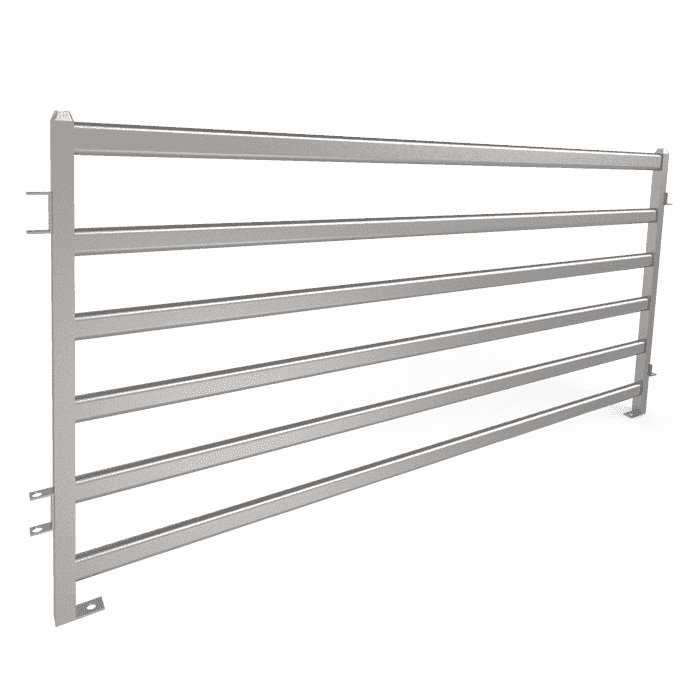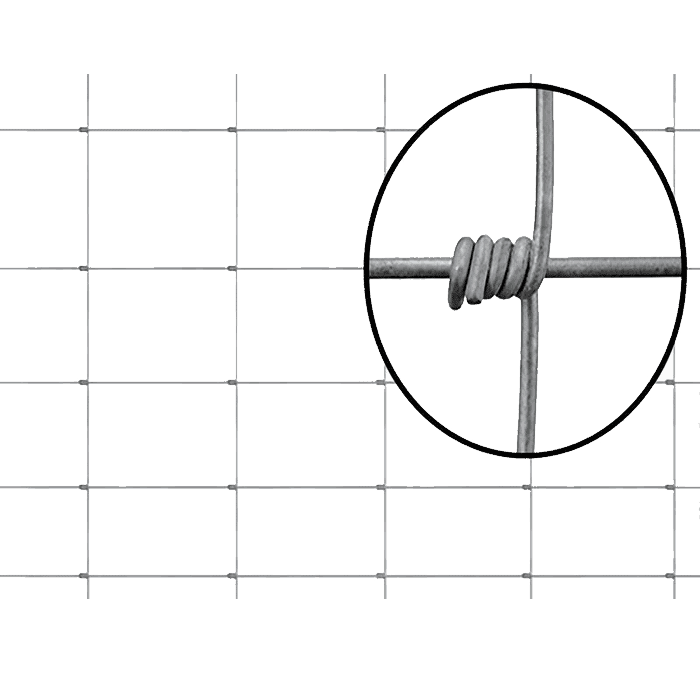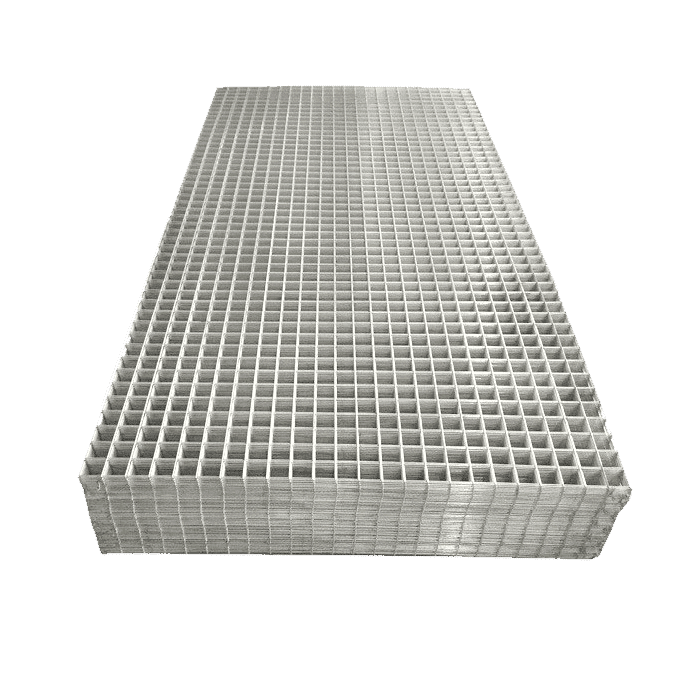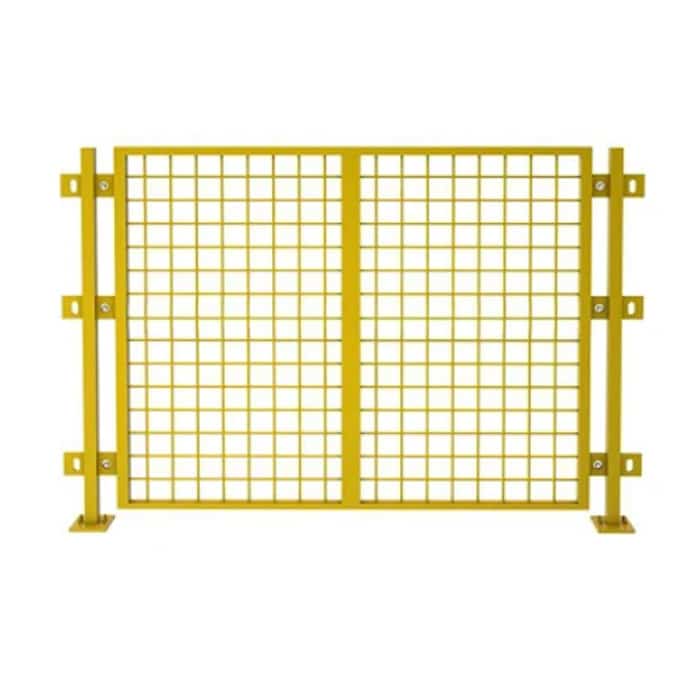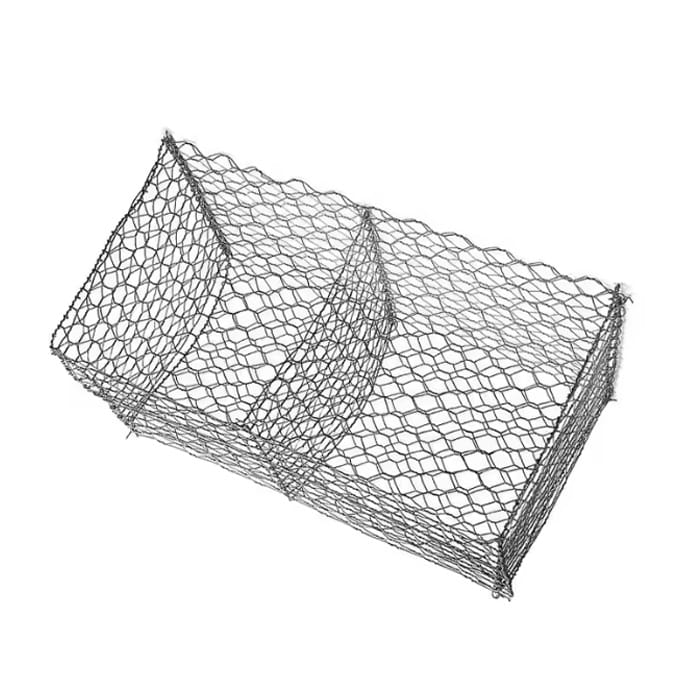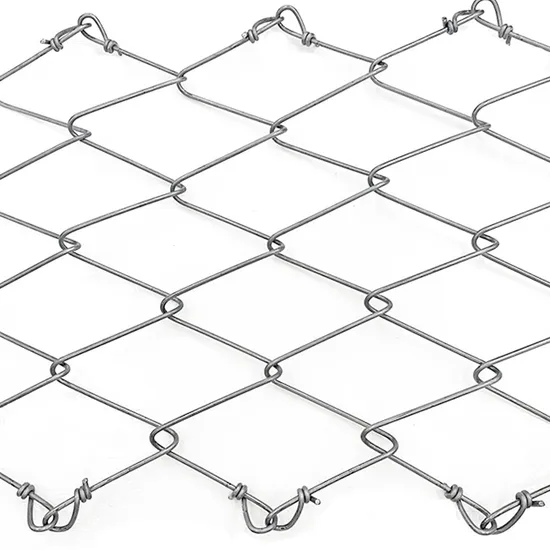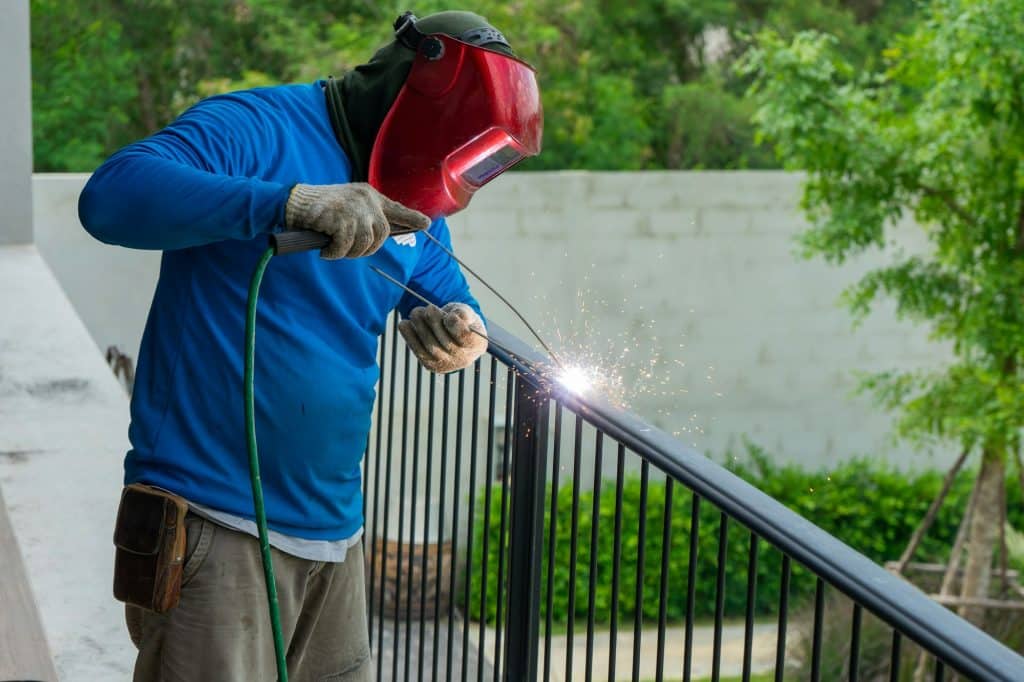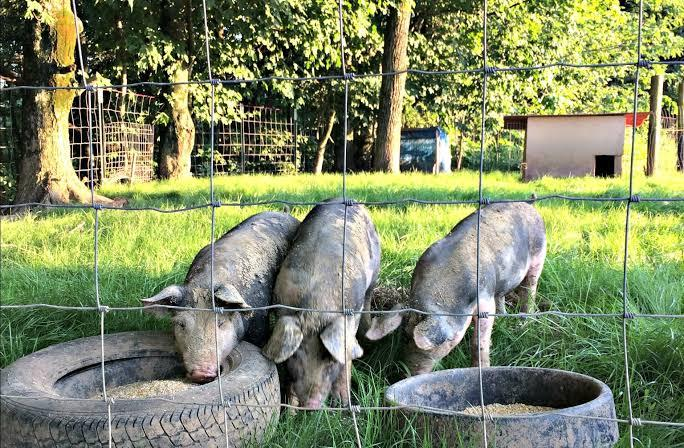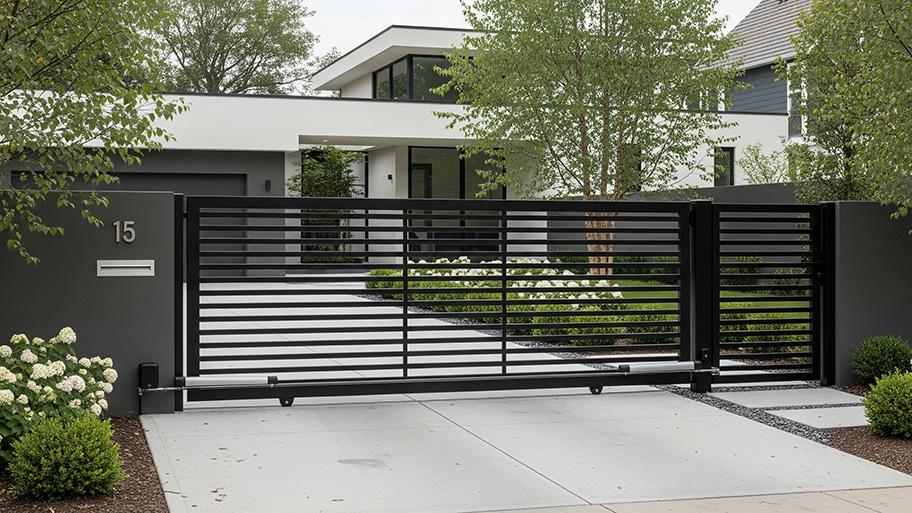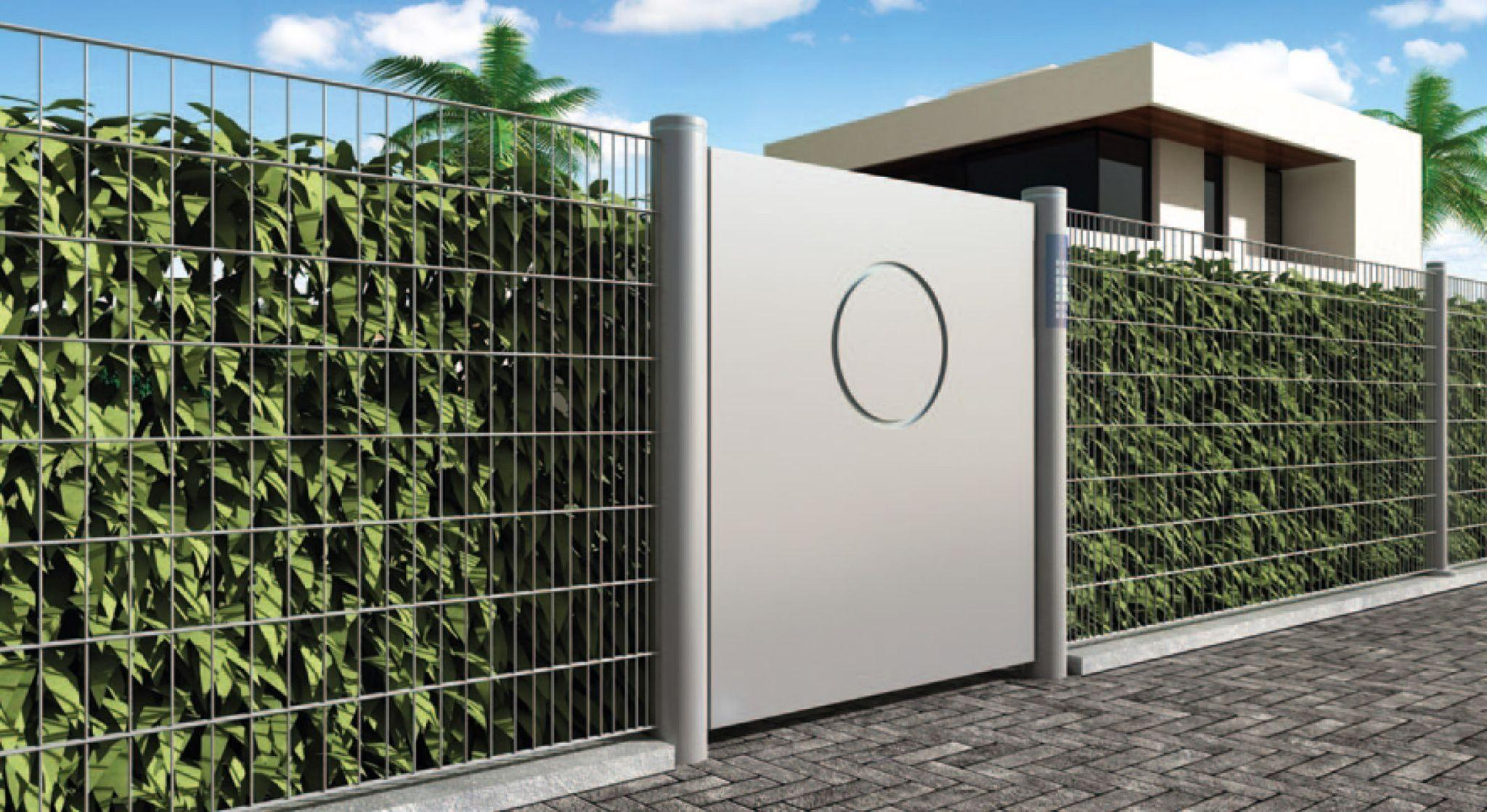Table of Contents
Are you opting to get a steel fence for your humble home? You should! From durability, security, maintenance, to aesthetic appeal, you can count on it!
Steel fences have been proven to be more efficient than traditional fences. It is also arguably easier to maintain and has a longer lifespan than most materials with proper maintenance.
Worried whether the installation will be complex? Don’t fret! In this article, we’re going to walk you through important details you’ll need to know before purchasing or installing your steel fence.
Read along as we provide you with a simple guide to installing steel fences in 2024!
What is a Steel Fence?
A steel fence is a type of metal fencing that takes pride in its durability, strength, and versatility. Steel fences can be adorned with aesthetic designs, unlike most types of fences like the chain-link fence, which is the reason why it is widely sought today.
It may ride with current trends while having physical longevity. Steel fence’s popularity grows rapidly, especially in residential areas, due to its affordability and security. It is easy to install too, with a proper guide, giving you less expense by saving you from paying an installer.
Additionally, steel is resistant to pests, rot, and more. Compared to materials like wood or vinyl, this will last for more years. You can also have your steel fence powder-coated or galvanised to provide more protection against rust, which is the typical enemy of fences.
Many homeowners step back from these fences when comparing prices in the initial purchase, but assessing it in the long run, you’ll save more money due to its longevity, making it technically the more affordable choice than other types of fences.
The Correct Steps for Install Steel Fence
Decided to go with a steel fence finally? You made a smart decision! Now it’s time to set up your new fence and secure your home!
Don’t worry, we got you! Here’s our detailed guide to the proper installation of steel fences:
1. Prepare Your Tools
To get started with your installation, you’ll need to prepare the following tools. You can use your own or rent from local hardware rather than purchase each to save money.
- Tape Measure
- Level
- String Line
- Metal posts and struts
- Tension Wires
- Protective gloves
- Post hole digger
- Metal Saw or Grinder
- Bolt Cutters
- Screwdriver
- Wrench
- Concrete mix, wheelbarrow, and trowel
- Rubber Mallet (optional)
Ensure all needed tools are complete for a smooth and precise installation.
2. Check Your Local Regulations
An important step that most overlook is checking their local regulations and ensuring that they abide by local neighbourhood rules related to home or fence adjustments if there are any. Don’t get too excited! Before you grab those tools, understand the limitations and protocols.
3. Assess Your Soil
Another very important step for a successful fence installation is assessing the condition of your property’s soil. Soils vary in tenderness, and it can affect the stability of the fence posts, so you will rely on precision as you plunge the posts in.
For example, loose soil requires deeper post holes and more concrete for your fence to be secure and stable. To check for your soil’s condition, you can conduct a soil test or contact a local soil tester.
This way, you’ll know if there are any special considerations needed to avoid common problems, such as leaning posts over time.
4. Outline the Perimeter
The key to precise installation is accurately planning and outlining the perimeter where the fences will go. Measure and mark the fence line using your stake and string to ensure that your post will be placed at the correct distances and follow a straight or curved path (whatever your design is).
After outlining, check your measurements again and ensure that you don’t go out of your property line to prevent violations and issues with your neighbours.
5. Dig Post Holes and Install the Posts
Once your perimeter is marked, you can proceed to digging post holes. You can use a digger or an auger for this.
Make sure that the holes are deep enough to support the height and weight of your fence. Perform special consideration and necessary extra steps/materials needed as per your soil test result.
After that, plunge the posts and fill the holes with concrete to secure them. Make sure you use a level to ensure that all posts are properly levelled and aligned to your markings.
6. Install the Fence Panels
You’re almost there! In these steps, you’ll see the final look of your fence. Here, you can use brackets, screws, or bolts. Attach the panels and see if everything is evenly spaced and levelled.
If you opt for a chain-linked fence, use tension bars and wire ties to secure the fences to your posts. Simply thread the first wires on the first post, then stretch it till you thread it securely to the end post.
Repeat the steps as needed and join the panels using a stapler. Finally, cut the excess wires and any protruding parts.
7. Inspect
Once your fence is installed successfully, inspect it thoroughly and ensure everything is secure and level. See if you properly fastened the panels and check, if necessary, adjustments are needed.
This final step will avoid back jobs and damage to your fence and property over time.
Advantages and Disadvantages of Steel Fence
Steel fences, like all other types of fences, have their pros and cons. To help you prepare for its maintenance and know what to expect, here is a list of advantages and disadvantages of choosing steel fences for your home:
Advantages
●Durable
Steel is a very durable material; hence, this type of fence can withstand heavy rain, snow, and hot temperatures. It’s not likely to warp or rot.
●Low Maintenance
Steel fences don’t need many steps to maintain their quality. Repainting often or regular treatment and coating is not as necessary.
●Secure
Steel fences provide great security for any type of property. They are less likely to breach than most.
●A Long-Term Investment
They can last for decades if maintained properly, making it a budget-friendly investment.
●Stylish
This type of fence can catch up with the latest aesthetic trends, from traditional designs to modern and sleek ones.
Disadvantages
●Higher Initial Cost
Steel fences can be more expensive to fabricate and install than other types. Coatings, shaping, and design can be an additional factor to your need for a bigger budget.
●Less Privacy
While they provide security, they often lack privacy since most steel fence designs feature open parts or gaps between their panels.
●Can Rust Over Time
Unfortunately, while protective coatings can help avoid rusting, steel can still corrode if the coating is damaged or not properly applied.
●Weight
Its heavy material causes it to be harder to transport and install. You may need some helping hands even if you decide to work on it yourself.
How Long Does Steel Fence Last?
Steel fences can last for decades with proper care! It can last anywhere from 10 to 50 years, depending on the quality of your materials, your location’s climate pattern, environmental conditions, and the quality of the protective coatings applied.
You can opt for a high-quality galvanised steel fence or a powder-coated one for a longer lifespan. These are resistant to rusting. Another factor is proper installation.
Follow our easy guide to installing steel fences to ensure that your fence is stable. Additionally, maintenance is also important. Your fence will stand strong longer if you inspect for damage and fix it promptly.
If you live in a place with harsh weather conditions, your solution to longevity is taking additional precautions to protect the panels and posts.
Hot dip galvanization, electroplating, vinyl coating, and standard painting are just some options you can consider.
Conclusion
Let’s sum it up! Choosing a steel fence to protect and beautify your home has many advantages that make it a great choice, especially for homeowners with a limited regular budget.
This fence has excellent longevity, potentially lasting 10 to 50 years with proper care! It can withstand harsh weather conditions and damage from pests. Simply applying your choice of a protective coating, such as powder, galvanised, or vinyl coat, can enhance your fence’s durability and visual appeal over time.
Additionally, steel fences provide great security and can be integrated with stylish designs to mix seamlessly with your house’s aesthetics.
While its initial cost is higher than others, its extended lifespan and lesser need for maintenance will save you from large and frequent expenses.
By understanding its pros and cons, you can make an informed decision on whether to opt for this type of fence. But considering its advantages compared to other fences, acquiring a steel fence for your home is a great deal and an effective investment!

